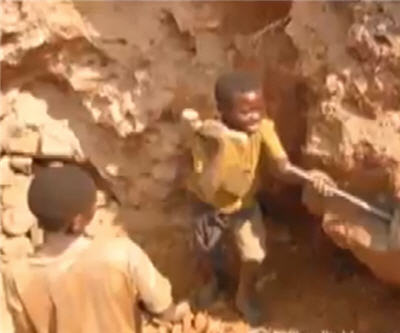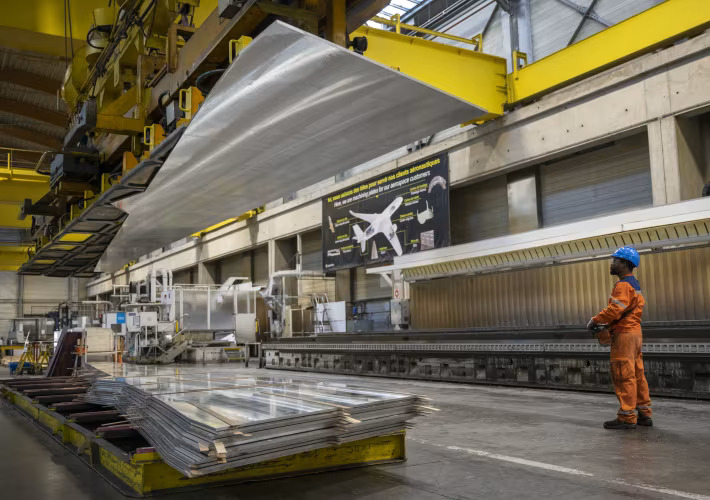Report: Half of gold miners in Africa could be children

According to the UN International Labour Organisation (ILO) up to one million children aged as young as five work for small-scale mining and quarrying operations around the world.
The statistics are particularly stark in Africa where more than a quarter of the world’s child labourers live.
In the resource sector child workers are concentrated in the gold mining industry, where according to the ILO children under the age of 18 constitute between 30% and 50% of total labour force.
The ranks of the continent’s more than a million artisanal miners have grown sharply on the back of rising metal prices and especially so in gold-rich countries like Burkina Faso, Mali and Kenya. Illegal miners that work abandoned shafts in South Africa’s underground gold mines are also a growing problem.
BBC News reports many children and teenagers skip school to work at the gold mines where they can earn $14 during a six-day week workweek.
They often do this with the blessing of their parents because the mines pay more than double what they can get for other menial tasks such as washing clothes. BBC spoke to one child who said working as a miner “beats going to school on an empty stomach”:
“I would rather work here at the mine and at the end of the day they will give me money to spend,” he says.
“We are told those who have employed us are rich, but me, I just want a little money to buy good clothes and food for my mother.
“Even my parents say what I am doing is right. I can buy my own clothes,” he adds. “What is the point of being in school?”
RELATED:
38 Chinese nationals deported from Ghana for illegal gold mining >>
Billionaire behaving badly? Glencore’s Glasenberg caught in Africa child labour, acid dumping row >>
Film about child miners in Ukraine banned at home >>
Human Rights Watch finds evidence of child labour in Mali gold mines >>
Los Angeles Times uncovers child labour in India’s coal mines >>
{{ commodity.name }}
{{ post.title }}
{{ post.date }}




Comments